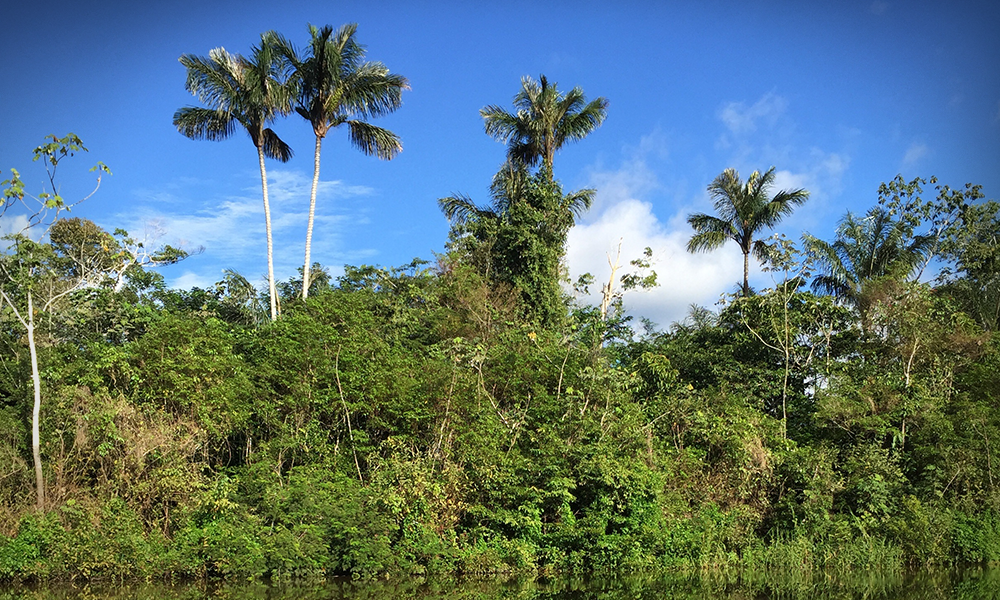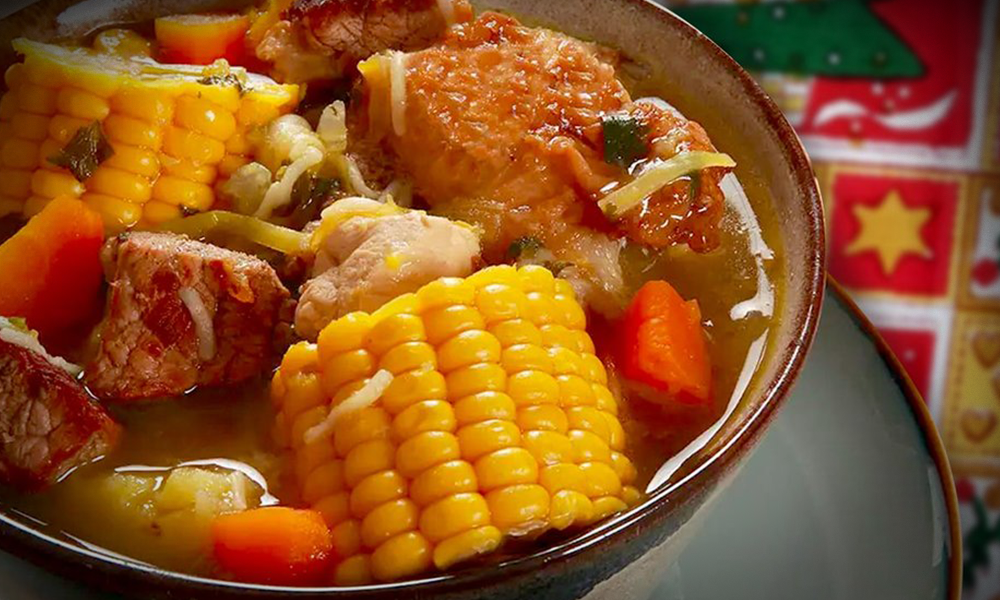
La Amazonía boliviana, que se extiende por 280,120 km², es un tesoro de biodiversidad y riqueza cultural. Hogar de 29 pueblos indígenas y una impresionante variedad de flora y fauna, esta región abarca los departamentos de Beni, Pando, La Paz, Cochabamba y Santa Cruz. Con una superficie que representa el 43% del territorio nacional, la Amazonía boliviana es fundamental para la identidad cultural y el patrimonio natural del país, destacándose por su diversidad étnica y su papel vital en la economía local mediante la explotación sostenible de recursos forestales y agrícolas.
La Amazonía, la vasta región tropical que se extiende por ocho países sudamericanos, es un tesoro natural de incalculable valor. Abarca Brasil, Bolivia, Colombia, Ecuador, Guyana, Perú, Surinam, Venezuela y la Guayana Francesa. Es el hogar de más de 33 millones de personas, de las cuales el 5% pertenece a unos 350 grupos étnicos indígenas, 60 de ellos apenas conocidos.
La Amazonía boliviana, constituye los departamentos de Pando, Beni y el norte de Cochabamba, Santa Cruz y La Paz, abarcando 88 municipios. Bolivia es el país con el mayor porcentaje de su territorio en la cuenca amazónica, con una superficie que representa el 75% de su territorio nacional y el 11.20% de toda la cuenca amazónica continental. Esta región no solo es un refugio para una increíble diversidad biológica, sino también un bastión cultural de gran importancia. En esta región coexisten 29 pueblos indígenas, entre ellos los Araonas, Ayoreos, Baures, Cavineños, Chiquitanos, Guarayos, Moxeños, Tacanas y Yuracares, entre otros. Estas comunidades viven principalmente de la caza, pesca, recolección y agricultura de pequeña escala, actividades que forman parte de sus tradiciones ancestrales.
Sin embargo, la Amazonía boliviana enfrenta serias amenazas debido a la explotación irracional de sus recursos naturales. La tala de árboles, la quema de cultivos, la expansión de la frontera agrícola, los proyectos carreteros y los asentamientos ilegales en parques y territorios indígenas contribuyen significativamente a la degradación del medio ambiente. A pesar de que la Constitución Política del Estado protege los derechos de los pueblos indígenas y los recursos naturales, en la práctica, estos mandatos a menudo no se cumplen. En los últimos años, se han promulgado normas que facilitan la construcción de megaproyectos y permiten la explotación de hidrocarburos y minería, actividades que contaminan la tierra y las aguas de los ríos, afectando gravemente a las comunidades indígenas.
La Amazonía boliviana, con sus vastos recursos y riqueza cultural, requiere una gestión sostenible que garantice la protección de sus ecosistemas y el bienestar de sus comunidades indígenas, preservando así uno de los pulmones más importantes del planeta.
The Amazon in Bolivia
The Bolivian Amazon, which spans 280,120 km², is a treasure trove of biodiversity and cultural wealth. Home to 29 indigenous communities and an impressive variety of flora and fauna, this region encompasses the departments of Beni, Pando, La Paz, Cochabamba and Santa Cruz. With an area representing 43% of the national territory, the Bolivian Amazon is fundamental to the country’s cultural identity and natural heritage, standing out for its ethnic diversity and its vital role in the local economy through the sustainable exploitation of forest and agricultural resources.
The Amazon, the vast tropical region that spans eight South American countries, is a natural treasure of incalculable value. It expans throughout Brazil, Bolivia, Colombia, Ecuador, Guyana, Peru, Suriname, Venezuela and French Guiana. It is home to more than 33 million people, of whom 5% belong to some 350 indigenous ethnic groups, 60 of them barely known.
The Bolivian Amazon is located over the departments of Pando, Beni and the north of Cochabamba, Santa Cruz and La Paz, covering 88 municipalities. Bolivia is the country with the largest percentage of its territory in the Amazon basin, with an area that represents 75% of its national territory and 11.20% of the entire continental Amazon basin. This region is not only a refuge for incredible biological diversity, but also a cultural bastion of great importance. In this region, 29 indigenous communities coexist, including the Araonas, Ayoreos, Baures, Cavineños, Chiquitanos, Guarayos, Moxeños, Tacanas and Yuracares, among others. These communities live mainly from hunting, fishing, gathering and small-scale agriculture, activities that are part of their ancestral traditions.
However, the Bolivian Amazon faces serious threats due to the irrational exploitation of its natural resources. Deforestation, crop burning, expansion of the agricultural frontier, road projects and illegal settlements in parks and indigenous territories contribute significantly to environmental degradation. Although the State’s Political Constitution protects the rights of indigenous communities and natural resources, in practice, these mandates are often not fulfilled. In recent years, regulations have been enacted that facilitate the construction of megaprojects and they have allowed the exploitation of hydrocarbons and mining, activities that pollute the land and river waters, seriously affecting indigenous communities.
The Bolivian Amazon, with its vast resources and cultural wealth, requires sustainable management that guarantees the protection of its ecosystems and the well-being of its indigenous communities, thus preserving one of the most important lungs of the planet.




